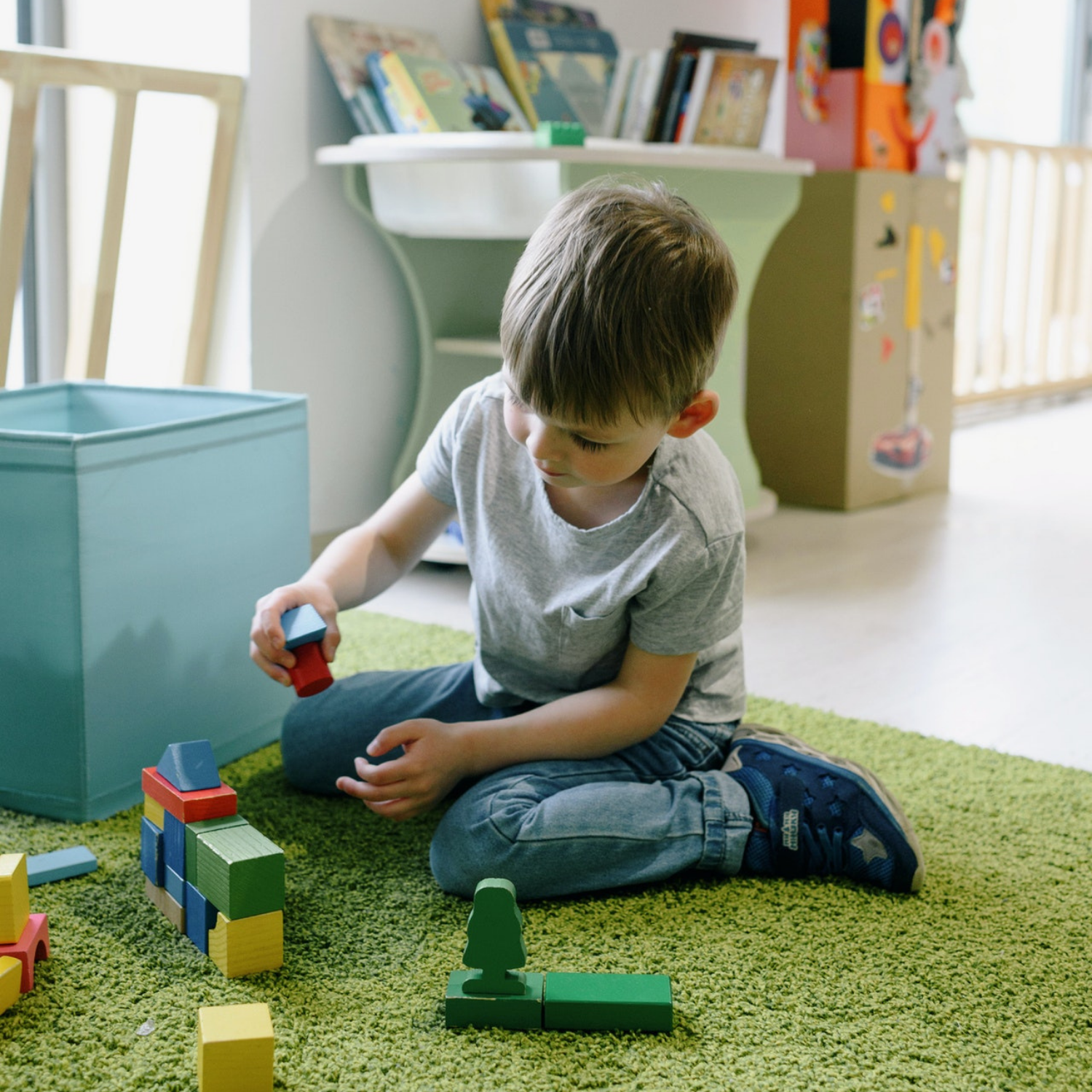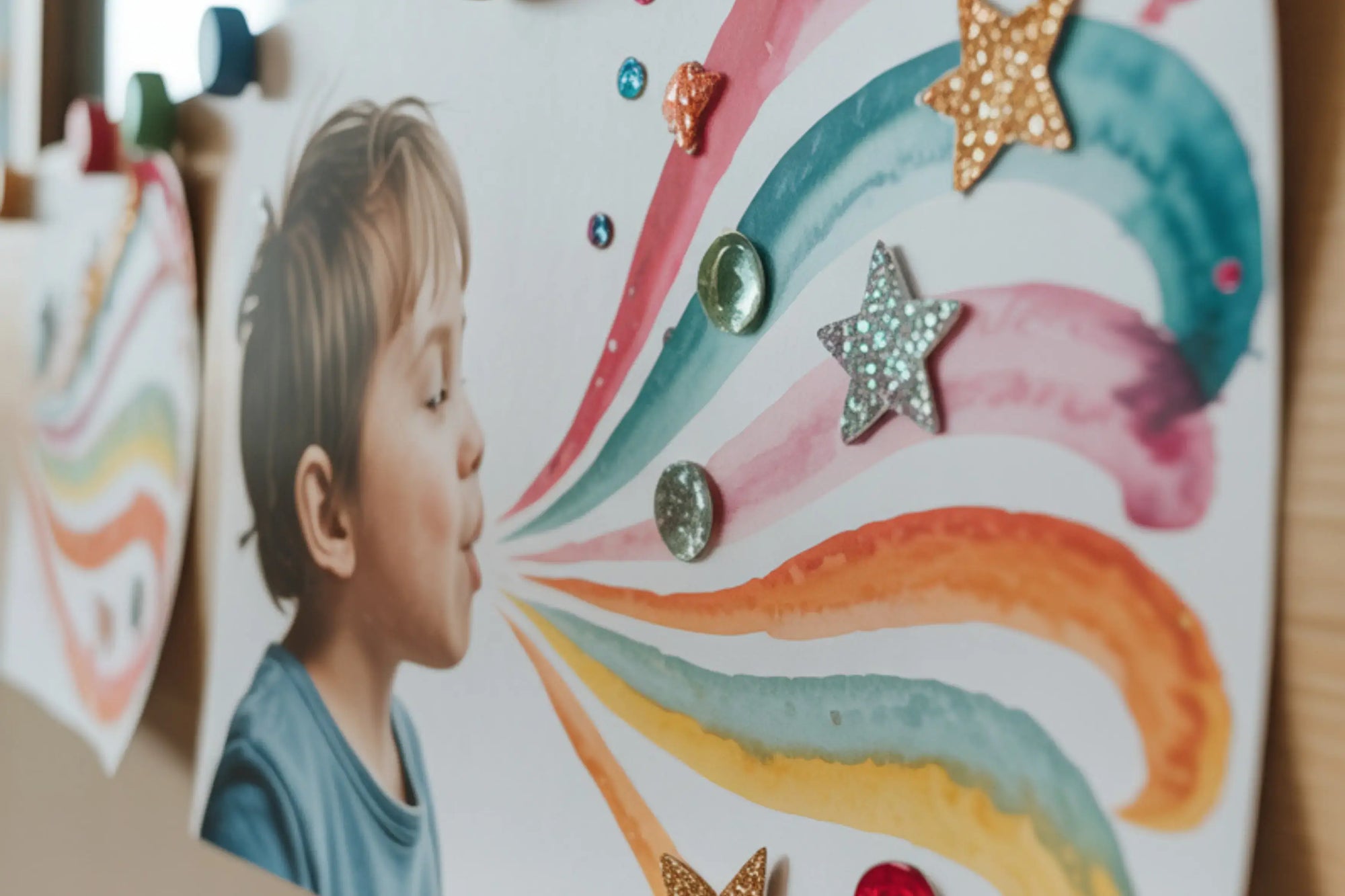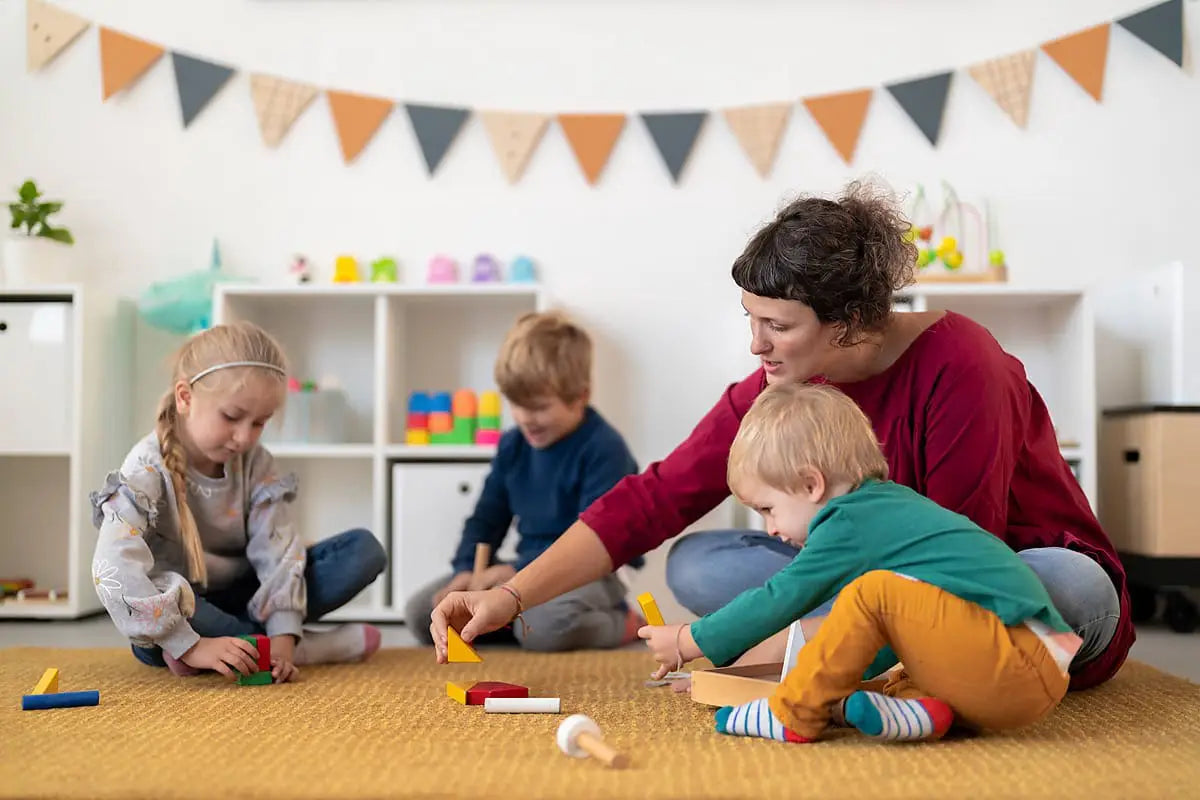
Beginner's Guide to Creating a Calming Corner at Home in 5 Steps
However, it does not mean that your child's tantrum stops instantly at the calm corner. Instead, it helps your child learn to manage overwhelming emotions (anxiety, anger) with calming strategies before it gets out of control.
#1 Creating a Calming Corner at Home: Making it Safe and Cozy

Your calm corner can be set up anywhere - in a bedroom, living room, or reading area. A quiet place will be ideal.
Cozy and Private Space
Fill your corner with soft pillows, small soft toys, comforters, or soft rubber mats. To create a sense of privacy, you can add a translucent curtain.
Get Inputs from Your Child
You could even get inputs from your child to explore how to make the calming corner more inviting for them by understanding the items they want to include or exclude. For example, if your child wants to decorate the space with drawings, pictures, and stickers you can have a designated area for that.
#2 Creating a Calming Corner at Home: Sensory Tools

Calming corners are safe places for kids to process their emotions. Adding sensory tools helps them to relax, and release their overwhelming emotions. Some items you can include are stuffed animals, squishy toys, soft toys, sensory tools, soft pillows, rubber mats, books, and fidget toys.
These toys helps to engage the five senses and keeps your child focused on the present. For example, squishy toys are a fun tool your kids can use to squeeze, stretch and play with to self-regulate. You could also include coloring books and paper for your kids to color and draw. Try to include a variety of options so that your child can chose an activity he or she likes.
#3 Creating a Calming Corner at Home: Emotional Regulation Tools

When your child is feeling overwhelmed, you can use emotional regulation tools to process the big emotions. The calm corner can be used before children start to get overwhelmed and have a tantrum. Notice the subtle changes in behavior and facial expressions, and invite your child to the calming corner.

Using the self-regulation tool, children can focus their attention on the choices they can make to cool down. The tools help children communicate their emotions and make safe choices to process their emotions. You can work through it with your child using the visuals.
#4 Creating a Calming Corner at Home: Yoga Exercises

Yoga exercises are a great way to calm the mind and body. It also improves focus and mind-body connection. Research has shown that yoga helps to relieve anxiety in children and reduce stress.
I have created a set of Yoga Exercises Posters that kids can use at the calm corner. It has easy-to-follow instructions and clear visuals that make practicing yoga fun.
#5 Creating a Calming Corner at Home: Mindful Breathing Exercises

Mindful Breathing Techniques
When we feel stressed or overwhelmed, our heart rate increases, and we may feel breathless. Our fight or flight response can cause our breathing to be shallow and we feel dysregulated.
Mindful breathing techniques are a fun way to self-regulate and take a break. For example, shape breathing and animal breathing techniques make breathing exercises relatable and enjoyable for kids. Animal breathing techniques are inspired by animals which can pique our kid's imagination and keep them engaged.
Deep breathing takes practice and you can teach your kids deep breathing skills when they are feeling calm so that they could use these skills when they feel overwhelmed. You could also add deep breathing into the daily routine for example in the morning so that they feel calm, energized, and ready for the day!
_______________
🚀 Check out our Mega Bundle Calm Down Corner Printable Kit to Manage Big Emotions and Tantrums (worth over $168 for just $27)
>> SHOP THE CALM CORNER BUNDLE HERE <<



